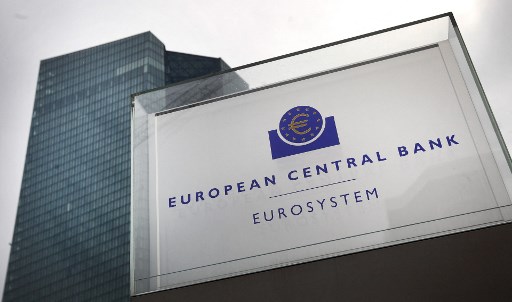
The increase in European Central Bank interest rates started to spill over to the domestic market, as seen in higher overnight interest rates and interest rates on bank loans, the latter being more pronounced on corporate than on household loans, the Croatian Central Bank reported on Monday.
In an effort to curb inflation, the ECB Governing Council earlier this month increased key interest rates by 50 basis points, despite elevated uncertainty in the financial markets. The most important ECB interest rate, on monetary deposits of credit institutions with the central bank, has been set at 3% starting from this month.
The increase is also mirrored in the domestic financial market.
Despite the sustained modest activity in the domestic money market, the increase in key interest rates started to spill over to overnight interest rates on the Croatian money market. Thus the overnight interest rate on banks’ demand deposit trading stood at 2.1% at the end of February, up from 1.4% at the end of January. On the European market it was 2.4%.
As regards short-term government financing costs, the interest rate on the Finance Ministry's one-year treasury bills at the last auction in the second half of February stood at 2.7%, up from 2.5% in January.
The yields on Croatia’s long-term government bonds stood at 4% at the end of February,
having risen by 53 basis points from end-January.
Amid ECB monetary policy tightening, the interest rates on bank loans in Croatia also rose, with those for loans to non-financial corporations continuing to grow faster than those for loans to households.
Since the beginning of the cycle of increases in ECB key interest rates in July last year, the average interest rate on pure new loans to non-financial corporations rose by 150 basis points and came to 3.2% in January.
Early this year, the demand for loans again generated by companies in the energy sector resulted in a further annual growth in corporate loans of over 20%.
The cost of household borrowing rose by 110 basis points from the period prior to monetary policy normalisation and reached 4.7% in January.
This can partly be explained by the effect of housing loan subsidies in spring last year, when the share of low-interest state-subsidised loans rose considerably. The relatively small amount of housing loans negotiated in January this year also contributed to the increase in the average interest rate.
As regards the interest rates on pure new time deposits, their level in the corporate sector has been rising almost continuously since October last year, while those in the household sector have not changed much.
Kakvo je tvoje mišljenje o ovome?
Pridruži se raspravi ili pročitaj komentare



 Srbija
Srbija
 Bosna i Hercegovina
Bosna i Hercegovina
 Slovenija
Slovenija







